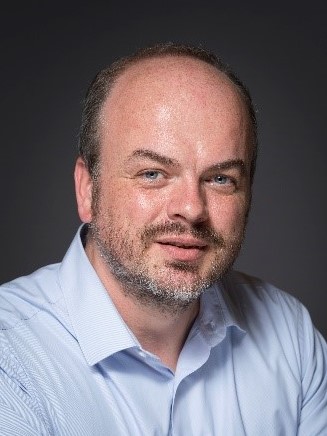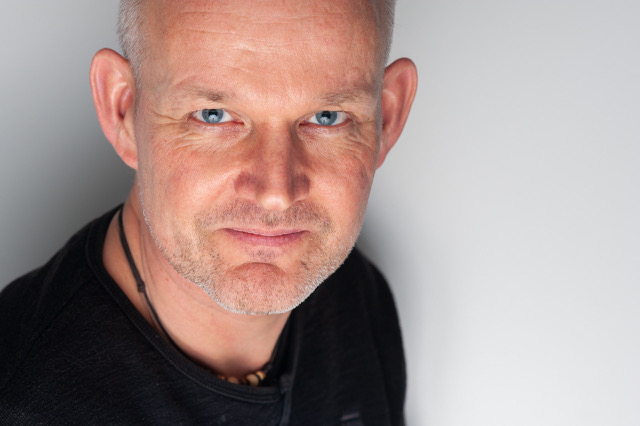
|
|
|
Plenary lectures2 plenary lectures are scheduled during the workshop: one of which will be given by Dr Arnaud Allais, Fellow project Director within the Cryogenic & Superconductors unit at Nexans and the second one by Dr. ing. Arno Godeke as an Independent Consultant. Lecture #1: Nexans is paving the way for a superconducting electric worldThe future is electric. From transport to heating, almost everything that currently depends on fossil fuels will need to switch to electricity if zero carbon goals are to be achieved. Bringing additional power where it is needed will become more and more challenging and High Temperature Superconducting (HTS) systems have a critical role to play in providing network operators with the solutions they need. For 20 years, Nexans has been developing and deploying High Temperature Superconducting (HTS) cables and Fault Current Limiters (FCL) for the energy infrastructure market. Numerous demonstrators and pilot projects have demonstrated that the HTS technology provides significant and unmatched benefits for our customers and is quite reliable as up to 7 years of continuous operation have already been proven. This work has allowed to develop all the technological bricks, including test standards, and to achieve TRLs high enough to envision large commercial applications in the short term. It is now key to identify at a very early stage of the network planning process locations where HTS systems are economically viable, or constitute the only realistic solution owing to significant constraints. This will require a close collaboration with network planners and the development of the relevant modeling tools which will allow them to simulate and prepare the integration of HTS systems in power grids. HTS systems have to become a key component of the network planners tool box.
After an engineer degree in Energy and Materials, I have carried out a PhD in the superconductors department of Alcatel on the modeling of the manufacturing of High Temperature Superconductor (HTS) tapes. In charge of the development of HTS materials and HTS cable based at Nexans in Germany I have carried out several major developments. For example, I was deeply involved from the conception to the deployment of Long Island Power Authority the first high voltage HTS cable energized in the grid in 2008 (138 kV – 600 m), as well as the first HTS coated conductor based MV cable in Europe (Super3C). Besides HTS cables, I have worked also on a 800 kJ prototype of Superconductor for Magnetic Energy Storage (SMES) for the French Army and initiated the developments of new generation of HTS coated round wire. I also participate to the ITER & JT60 projects, working on the manufacturing and qualifications phase of cable prototypes and preparing tenders. From 2008 to 2019, I have joined the corporate research teams of Nexans, specialized on energy networks as R&D team leader, then program manager and finally as director of the Nexans Research Center in Lyon. Since beginning of 2020, in charge of the business development & project director of HTS solutions within the Cryogenic and Superconductors unit of Nexans. In April 2020, I have been appointed chairman of the IEC TC90 (Superconductivity). Society memberships:
Lecture #2: HTS Conductors and Their ApplicationsThe High Temperature Superconductors (HTS) Bi2-xPbxSr2Ca2Cu3Oy (Bi-2223), Bi2Sr2CaCu2Ox (Bi-2212), and [Rare-Earth]B2C3Ox (REBCO) have matured to a level where they are becoming attractive for commercial applications: They are available in kilometer lengths, can be cabled in various configurations, possess reproducible and predictable properties, and can be produced at cost-levels that are becoming commercially interesting. Their increased field-temperature phase boundaries further enable application beyond the limitations of Low Temperature Superconductors (LTS). Since their discovery in the 1980’s, and their optimization into practical superconductors during the 1990’s, many demonstration projects have been executed in attempts to trigger commercial use. It is, however, only recently that real applications of HTS are starting to emerge, indicating the dawn of commercial use of HTS, some 35 years after their discovery. It is to be expected that climate change, and the emphasis on more efficient energy generation, use, and transport, as well as reduced availability of liquid helium, will further amplify the incentives of HTS into commercial markets. In my presentation, I will discuss the current commercial HTS conductors, and objectively compare the key properties that are relevant for commercial implementation. I will further summarize the emerging commercial usage landscape, indicate where modelling will be critical, and conclude with an outlook for expected commercial use of HTS in the near future.
Trained in Mechanical Engineering, holding a B.Sc. in Physics Engineering, and a Ph.D. in Applied Physics, Dr. Godeke has worked in academia, in U.S. National Laboratories, and in industry. Next to experimental and theoretical studies of high- and low-temperature superconducting materials, he has been involved in the development phase of the International Thermonuclear Experimental Reactor, worked on superconducting transformers, forefront technologies for superconducting accelerator magnets for Particle Physics, superconducting solenoid magnets for high-field Nuclear Magnetic Resonance, and on superconducting technologies for Proton Therapy systems for cancer treatment. He is currently working as an Independent Consultant, supporting the community on various aspects of superconductivity, with as main focus the commercial implementation of high-temperature superconductors. He has authored more than 100 scientific articles, given over 100 scientific speeches, has written 8 topical reviews, and is a leading authority on niobium-tin superconductors, the effects of mechanical loads on superconductors, and on technologies for the use of high-temperature superconductors in magnets. |



